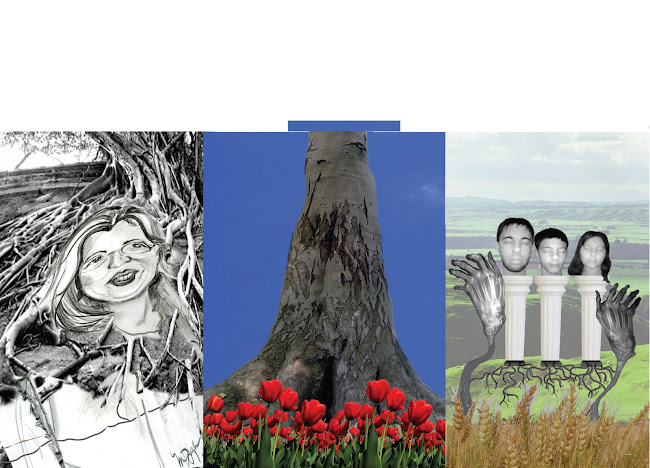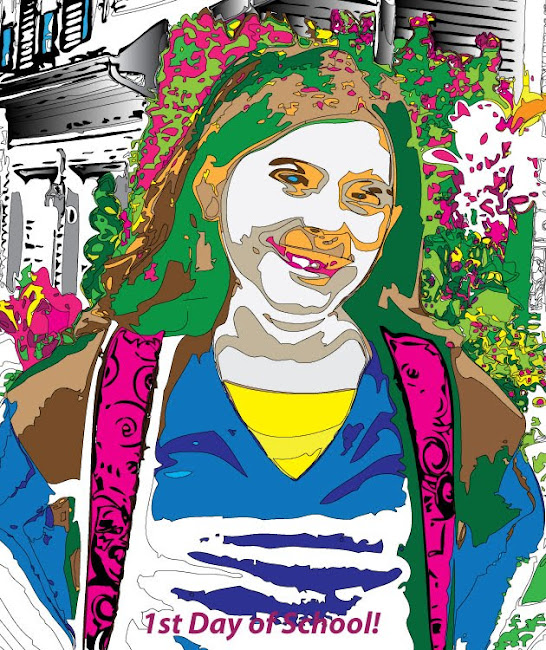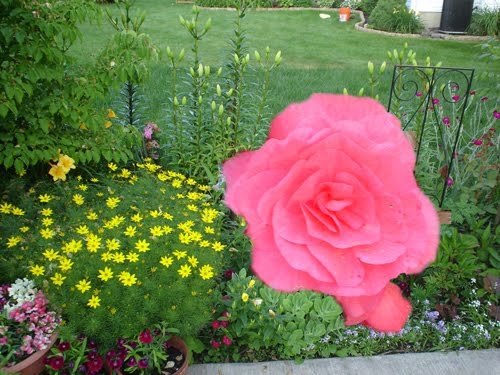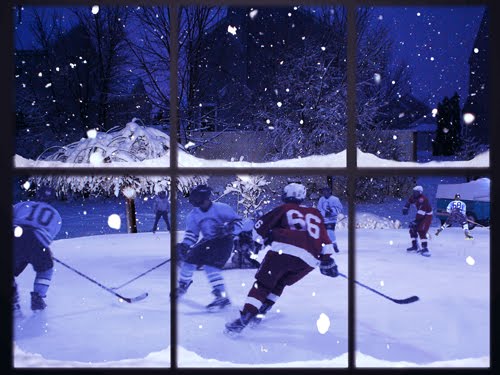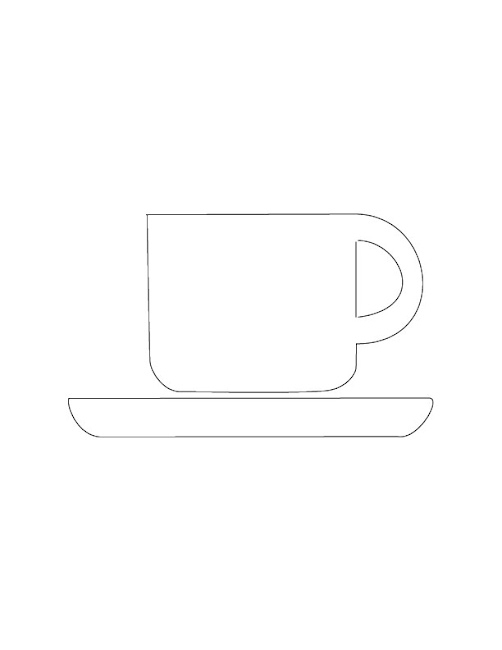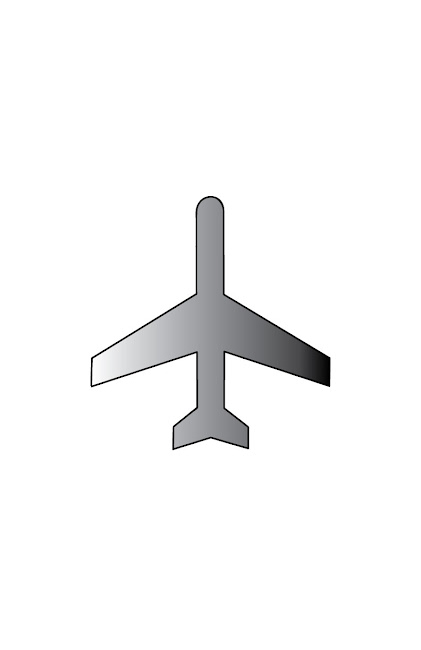The artistic contributions from three portrait artists of the 21st century are insightful, emotional, and at times even painful. Marina Abramovic, Frida Kahlo, and Cui Xiuwen share many similarities in their work and yet very unique, standing on their own conceptual approach and techniques. These artists offer various expressions of self and interpretations of their own personal world of struggles, pain, and passion.
Marina as a pioneer in performance art, and withstands pain, exhaustion, and even jeopardizes her safety for the sake of art! She creates to become the art and is literally present in her work. Each piece is alive and her modern performances physically test her body as in the installation of "The Artist is Present" at the Moma in March 2010. She will perform eight hours a day for three months straight. She generously offers herself in her work as a means to express her ideas and document her own reality. In her sad piece, Happy Christmas,
Marina documents her pain of seperation from her husband in a way that all women can relate. Larger than life black and white, which adds a timelessness documenting an experience any woman at any time may have gone through. Her work tells of the dichotomy of women, life's reality of pain and joy.
Frida Kahlo was most influenced by her own life and struggles. As to why she painted self portraits, she said, "I paint myself because I am alone, I know myself best". Most of her paintings told the story of her own reality. She shares her self-image with us in a realistic way. She does not pretend to be beautiful; blood, sickness, and her unattractive, frowning face. This is realism, and her great use of imagery symbolizes her country through her vivid colors and mexican images like monkeys, flowers, and birds. Ridden with pain, illness, and a tragic accident that left her bedridden for a year, she said of her work, "I never paint dreams, I paint my own reality". Her pieces 'Without Hope', A Few Small Nips', and 'Henry Ford Hospital' depict bloody, painful scenes that exemplify her life. Near death, she said, "I hope to never come back". Much like Marina, Frida expressed herself through her work as an artist documenting on a mission. Her art seemed to be theraputic for her as she dealt with her pain, we can feel her pain deeply. I do not think she dwells on her problems as much as her art is like an autobiography.
Cui Xiuwen, from China, began as a painter but has now changed to video installations as a means to express her views and represent the struggles of women. Cui's 'One Day in 2004' series depicts the struggles of a girl growing up in Beijing. Her work is surreal with a fantasy like quality, yet realistic in the way she portrays the same girl (possibly herself or someone she knows) in various struggles and situations. Her 'Angel' series deals with social and personal issues of a lonely pregnant girl. The concept of maternity in China, much like Marina and Frida's work deals with inner struggles of women in various moments of their lives. Interestingly, Cui decided to stop painting and began her controversial video installations depicting the personal and social struggles of various women. Her video documents women's gender struggles, in a way that we can all relate. Cui feels very strongly about the issues she exemplifies in her pieces, and as we view her pieces we too can feel passionate about these ideas.
In conclusion, all three artists are in some recognizable way, portrait artists who mostly thread themselves through their work as well as real issues for all women. Marina and Frida document their own lives and Cui's subject seems to be that of the social concerns of the woman all three in a very understandable way. Although they are expressing themselves differently through various media, they share the common ground of pain and struggles. This unites women of all cultures creating a sense of comradery, empathy, understanding, and determination for woman. Men may view and attempt to learn much.
Monday, April 26, 2010
Sunday, April 4, 2010
Whitney Biennial
Our trip to the Whitney Biennial in NYC proved an interesting one at that. The room that really grabbed my attention was the combined video installation of Marianne Vitale and Storm Tharp's beautiful large scale watercolor paintings. Both artists work well together in a strange way. First, both their work styles and statements are strange. Vitale is on a large tv screen screaming at you telling you to do strange things like spit up in the air. Basically, her attempt to bring to light why people would obey any command that is wrong from anyone whether an authority figure or not. Also, she really tries to get your attention by yelling and calling you names so it is very curious. I found myself just listening to her madness for quite some time. Storm's paintings are sad and yet serene, telling some story that leaves you with questions and wondering. Her portraits are ugly in her depictions of her faces, where warped seems the norm. In a sense, it appeared that her faces went through some type of warped process in a computer program. Her sense to combine pen and ink with graceful watercolors really adds drama and mystery to her pieces.
For all you young folks, just to point out that Aurel Schmidt was born in 1982 and already in the Whitney Museum with her amazing rendering of Master of the Universe Flexmaster 3000. So this is really an encouragement and inspiration that no matter what our age, we can do it!
For all you young folks, just to point out that Aurel Schmidt was born in 1982 and already in the Whitney Museum with her amazing rendering of Master of the Universe Flexmaster 3000. So this is really an encouragement and inspiration that no matter what our age, we can do it!
Friday, March 19, 2010
Illustrator Project #2 Vector Drawing- Live Trace, Live Paint
Sunday, February 14, 2010
"Inherited Traits" Artist's Nina Katchadourian and Heidi Kumao
I have viewed the art experiences of "Inherited Traits" in the TCNJ art gallery two times. The first time I had a surface interpretation of the art, not fully understanding their individual meanings. However, the next time I viewed the work I really was dumbfounded as I pondered the question of how these two very creative artists even arrived at their ideas. The concept of Nina's 'Geneology of the Supermarket' is really quite genius. Who would think of that? This question raced through my mind as I viewed their works again. Where do ideas come from? I think they start with a passion that sparks inside us. I also think Nina's presentation choices of 'our own living rooms' look appeals to everyone, I think we may all have some of those everyday frames in our homes. We can all relate as we look on at the famous faces that not only grace our grocery stores, but our own pantry at home. We grew up with these people in a way that unites us all, although humorously.
I thought Nina's exhibit of 'The Nightgown Pictures' was thoughtful, inspiring in so many ways. To begin with, the book of photographs her grandmother gave her was invaluable in so many ways. By going back to those places to document, Nina was able to create art from what already was art. I might also add, to take those pictures every year was a very disciplined feat...not an easy thing to do, as we saw in the last photo.
Heidi's very profound presentations of historical events in 'Transplant' and 'Trace' exemplifies her as an interdisciplinary artist. Her interesting use of digital arts to present, with such clarity, emotional historical events has an impact. Her technique is precise and exact as she uses digital media in a dimensional genre.
I think both artist's have an interesting way of processing life experiences, and their ability to portray their ideas helps us to all relate. The conceptual part of art is the fetus of all great pieces of art that I think is so often taken for granted.
I thought Nina's exhibit of 'The Nightgown Pictures' was thoughtful, inspiring in so many ways. To begin with, the book of photographs her grandmother gave her was invaluable in so many ways. By going back to those places to document, Nina was able to create art from what already was art. I might also add, to take those pictures every year was a very disciplined feat...not an easy thing to do, as we saw in the last photo.
Heidi's very profound presentations of historical events in 'Transplant' and 'Trace' exemplifies her as an interdisciplinary artist. Her interesting use of digital arts to present, with such clarity, emotional historical events has an impact. Her technique is precise and exact as she uses digital media in a dimensional genre.
I think both artist's have an interesting way of processing life experiences, and their ability to portray their ideas helps us to all relate. The conceptual part of art is the fetus of all great pieces of art that I think is so often taken for granted.
Wednesday, January 27, 2010
My Observations of 4 Major Artists




Gregory Crewdson- I found his work to be very odd, yet picturesque. Every piece left me wondering...what happened? where are they? what's going to happen next? Was this some sort of mockery of American life? I felt as if a crime just took place. His work is cohesive, very interesting and captures attention. With detail, I wanted to comb through the scenes like a detective, but finding nothing. His work is dreamy and mysterious, telling a story. In his interview he said "he strives to create an underlying edge of fear". Through his use of stages, set designs, and various lighting techniques, it is obvious his attempts are successful. His large Twilight series prints leave the viewer with more questions than answers.
Teun Hocks- Brilliant! I think his work is captivating and his use of himself in every image is not only practical but also gives it immediate attention. His work seems to try to address human struggles and issues like homelessness. For instance, in his piece where he is in a makeshift box, dressed in a suit, waiting for his alarm clock to go off. If he had a job, why is he homeless? In my opinion, he also solved one of the many problems for some artists: the whole issue of drawing the human figure in a painting, playing the role as his own subject gives him more control. Or did he feel the only way to get the image right was if he did it himself? His photography is exciting to look at and humorous at times. His black and white photographs are surreal, he tones in brown and uses a transparent oil paint. I really enjoy viewing his prints because they are entertaining in their attempt to make a social statement.
Jeff Wall- For me, his photographs were mundane. Although that seems to be what he was just trying to express, focusing on the 'here and now'. His subject matter contains alot of dirt and grime, which is also unattractive yet just plain realistic. In his piece 'Clipped Branches', although I've seen that a million times on the side of the road, I do not see it as a "line study" per say. I really think his work looks like anyone can do it. However, this is attractive about his work because we all can really relate not only to his everyday subject matter but also just the plain simplicity that his transparencies mounted on light boxes. He works very large and sometimes even full scale. I think for an artist to portray his idea in an image so understandable for it's viewers...that is the making of success.
Cindy Sherman- Untitled film stills dipicting a post modern era of the various roles of a woman's life. Albeit she does appear to be a woman of some kind of fame, although it is not clear who she is. Her photos are interesting the way this certain time period of the 60's-70's is documented. Interesting that the artist herself is the woman in the photos in many situations. I enjoyed reading her interview and was curious to learn that in the 1980's photography became the sought after art and paintings took a backseat. Sherman, along with Hocks, Wall, and Crewdson have a certain "staging" to their work. From concept through creation, they all plan, manipulate, and control their scenes to the point of satisfaction. They then continue to manipulate the photographs until they achieve the desired effect.
Tuesday, January 26, 2010
What Influences Me?
 Architecture. I love the shapes, size, and form of all well designed structures. The unity they have with the land they dwell on pairs with nature.
Architecture. I love the shapes, size, and form of all well designed structures. The unity they have with the land they dwell on pairs with nature. Nature's seasons. Being an artist is an attempt to move the viewer's heart similar to that of nature's way of taking our breath away. Autumn is my favorite season!
Nature's seasons. Being an artist is an attempt to move the viewer's heart similar to that of nature's way of taking our breath away. Autumn is my favorite season! Trees. I have a facination with trees of all shapes and sizes. They do so much for us; air, shade, breeze. I always feel a gratitude when I ponder them in awe. I like to paint trees.
Trees. I have a facination with trees of all shapes and sizes. They do so much for us; air, shade, breeze. I always feel a gratitude when I ponder them in awe. I like to paint trees.God's Daily Canvas

Every day the sky is different. I marvel at the large canvas that God paints everyday without hesitance...if only I can stand before a canvas with such confidence!
This Inspires Me!
 A dream can become a goal if we aspire for greatness! Renoir's painting here depicts the great Monet living his dream of painting his gardens that were intricately designed by the great master for that very purpose. Planning and scheming each detail of every square inch of his garden for the sole pleasure of the artist about to create. Even the amazing Renoir knew this was greatness in the making. Can we possibly plan each venue of our lives to be in perfect formation of the artist budding within?
A dream can become a goal if we aspire for greatness! Renoir's painting here depicts the great Monet living his dream of painting his gardens that were intricately designed by the great master for that very purpose. Planning and scheming each detail of every square inch of his garden for the sole pleasure of the artist about to create. Even the amazing Renoir knew this was greatness in the making. Can we possibly plan each venue of our lives to be in perfect formation of the artist budding within?
Subscribe to:
Posts (Atom)

